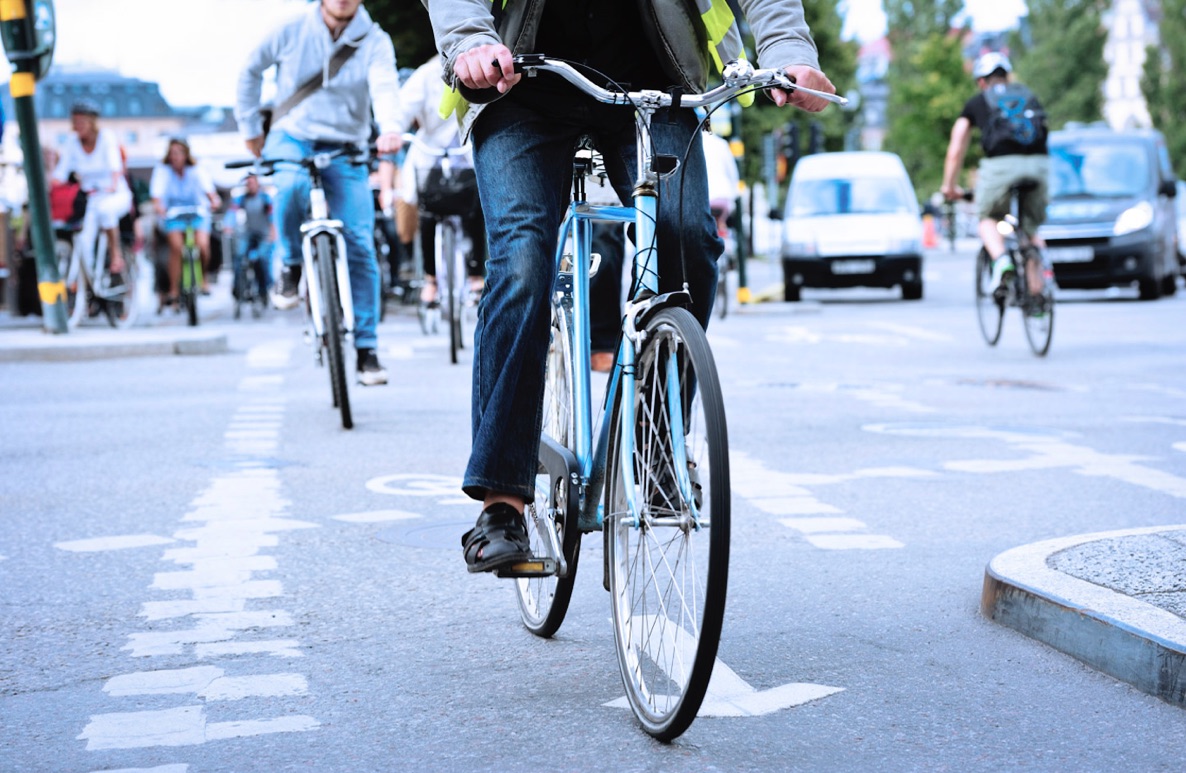Earth Day is pretty important to us at Metromile. It might sound contradictory since we work in the car industry, but we pride ourselves on incentivizing customers to drive less since they pay based on the miles they drive. Earth Day is actually a worldwide celebration — it began in 1970 and continues to be recognized in 193 countries. In the spirit of the holiday, here are tips on how to drive less and cut down on your vehicle’s carbon emissions.

Bike to work. The majority of Americans live close to their workplace. So instead of grabbing your keys to start your car in the morning, grab your helmet and start biking. Even biking one day a week can make a big impact. Check out our tips on how to enjoy your bike commute.
Walk more. Get a kickstart to your day by walking to work. You’ll get a bunch of steps in before breakfast and heat up the competition in your step challenge group.
Organize a carpool. Find a friend who lives and works close to you, and take turns driving each other to work. If no one comes to mind, here are some ideas on how to find someone to carpool with. An added bonus is that you can drive in the carpool lane all the way to work!
Or let someone arrange a pool for you. Try UberPOOL or Lyft Line, where you share a ride with other passengers on your way to your destination. This also costs significantly less than a normal Uber ride.
Invest in a hybrid car. They give off fewer carbon emissions and get better gas mileage which is definitely a win for our wildlife (and your wallet).
If these tips work for you and you find yourself driving less, pay-per-mile insurance could be a great fit for you! To learn more, or to see how much you could save, just click here.


